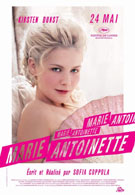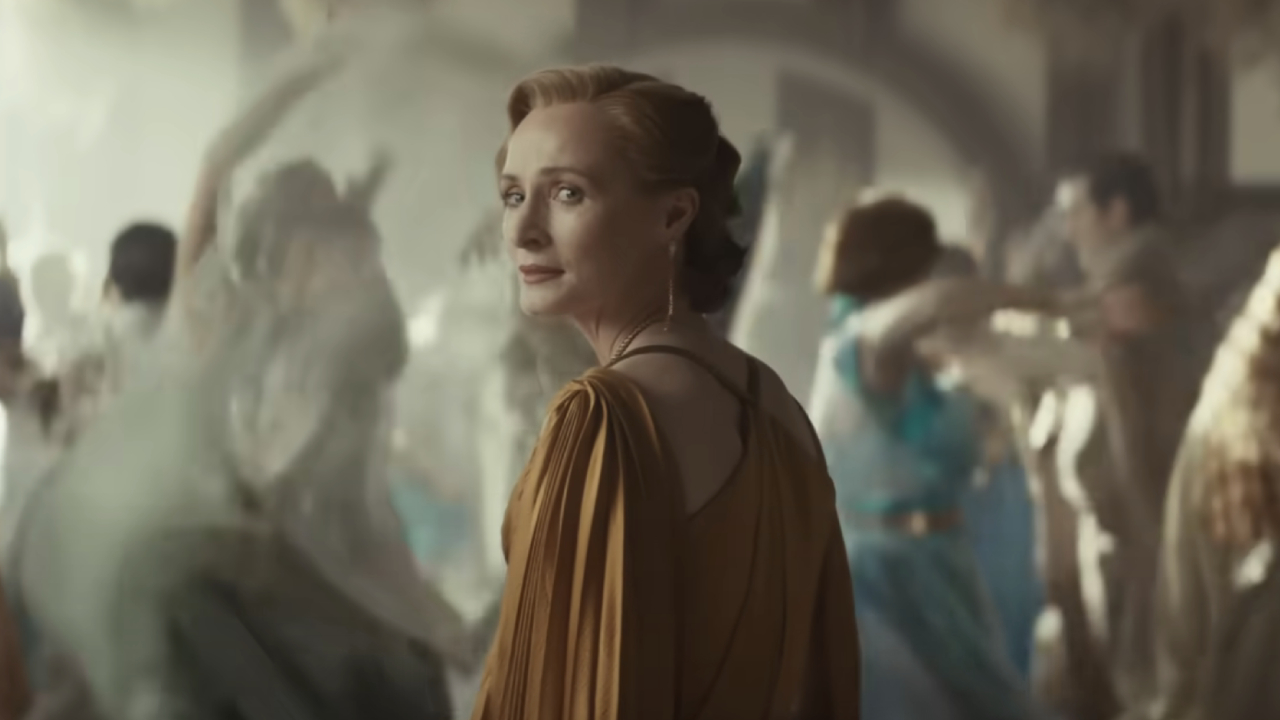I’ll begin this discussion of Sofia Coppola’s much anticipated Marie Antoinette with the following vow: I will try, to the best of my ability, to scrupulously avoid any wordplay that references “cake-eating” in describing the relative merits of the film. But please don’t hold me to it. The temptation is far too great.
This follow-up to the widely acclaimed Lost in Translation stars Kirsten Dunst in a role she was born to play as the Austrian princess whisked off to Versailles at the tender age of 14 to marry Louis XVI, played with off-kilter charm by the always interesting Jason Schwartzman. The film had quite a polarizing effect on critics after its premiere in France, eliciting a mixture of boos and wild applause, and will likely produce a similar result when it opens in the States on Oct. 13.
Armed with a $40 million budget and full access to the palace and gardens of Versailles, Coppola spares no expense in crafting a gorgeous film that lavishly details the opulence of the French court. She injects a modern, slightly anachronistic tone into the proceedings by adding a hip soundtrack filled with obscure but catchy pop/rock songs. She’s assembled a cast of fine actors, despite their disconcerting variety of accents, who are uniformly superb, especially Dunst as the beleaguered and misunderstood Marie.
But somewhere along the way, Sofia forgot to write a screenplay. Based loosely on Antonia Fraser’s biography, Marie Antoinette: The Journey, the script contains precious little dialogue, conflict, or political intrigue to help place the proceedings in any historical context. Soon after her arrival at Versailles, the young Queen is (quite literally) stripped of all things Austrian and introduced to the peculiar customs of the court by the imperious Comtesse de Noailles, played by Judy Davis. One such ritual requires her to be dressed each morning by the lady of the highest rank in attendance that day, with the expected comic results. Such scenes, however impressive in period detail and costuming they may be, should serve merely as exposition to supplement the action. Instead, with no discernible narrative in sight, they comprise the bulk of the film’s 123 minute running time and grow increasingly monotonous as the film grinds on.
The only scenes resembling some form of dramatic conflict involve the growing pressure on the young couple to produce an heir, for which Marie shouldered most of the blame. Coppola suggests, with a bumbling, aloof, and sexually ambiguous Schwartzman, that it was the Dauphin who caused a delay of almost seven years before the arrival of their first child. But again, we learn little about his motivations or anyone’s for that matter, as substantive dialogue scenes are eschewed in favor of brief voice-overs, letter readings, and momentary snippets of conversation between characters who actually share screen time together. Since little attention is paid to the increasingly volatile political situation outside the walls of Versailles, we’re forced in a way to occupy the same posh prison as Marie, blissfully unaware of the storm that is to come. Maybe this was intentional on the filmmaker’s part, but the endless procession of extravagant set-pieces becomes mind-numbingly routine at some point and we welcome the arrival of the angry French mobs when they finally do show their grubby faces.
I don’t mean to suggest that Marie Antoinette is entirely without merit. Coppola still has a knack for arresting visuals, and with the ample budget and a setting as photogenic as Versailles, she’s able to stage some knockout sequences. In a nod to The Virgin Suicides, which also starred Dunst, the revelers party like rock stars at Marie’s country hideaway, Le Petit Trianon, then gather to watch the sun rise in a scene of staggering beauty. Also notable is the haunting image of the Queen placing her hands on the railing overlooking the enraged Parisian mob crying for her head, and then slowly bending over, offering it to them in a gesture of humble compliance. These moments shine on their own, but the end result is still regrettably a triumph of style over substance.
The actors, with what little they’re given, do a fine job of bringing humor and vitality to their roles as 18th-century French aristocrats. Rip Torn, though at times sounding like he’s still cracking heads behind the scenes of “The Larry Sanders Show”, is suitably gruff and authoritative as Louis XVI’s grandfather king. Steve Coogan as Ambassador Mercy, the Queen’s chief advisor, and Danny Huston as Joseph II, her shrewd older brother, still register strongly even with the brief screen time they’re given. Schwartzman’s goofiness paints a portrait of a child King woefully unprepared for both his royal and familial duties. But it’s Dunst, occupying nearly every frame of the picture, who carries the film and makes the tedium somewhat tolerable. She radiates an air of innocence and fragile beauty that paints a far more sympathetic portrait of the Queen than most history books would allow. Increasingly frustrated by the confines of her situation and blissfully unaware of what’s transpiring in the rest of France, Dunst’s Marie becomes a victim of her own ignorance, a clueless party girl with only the best of intentions who never asked to be dumped into this mess.
The “fish-out-of-water” theme has been central to each of Coppola’s three films thus far. Her characters are forced to deal with an almost paralyzing feeling of isolation and social alienation, whether it’s in a contemporary high school setting, as a lonely traveler in a Tokyo hotel, or as the newest member of the French monarchy. That motif worked well in both previous features because, though never teeming with dialogue and plot, they contained scenes of sufficient dramatic weight to engage the audience on an emotional level. Marie Antoinette, despite its sumptuous costumes, production design, and appealing cast, seems frivolous and lightweight in comparison. It’s almost like comparing meat and potatoes to … I’ll let you fill in the blank.
While We Wait For Iman Vellani’s Ms. Marvel Return, I’m Jazzed She’s Joining An Upcoming Movie’s All-Star Cast That Includes Seth Rogen, Woody Harrelson And More
Tom Cruise, Simon Pegg, And Hayley Atwell's Freezing M:I 8 Shoot Looks Honestly Painful, But I Think One Adorable On Set Perk May Have Made It Worthwhile











